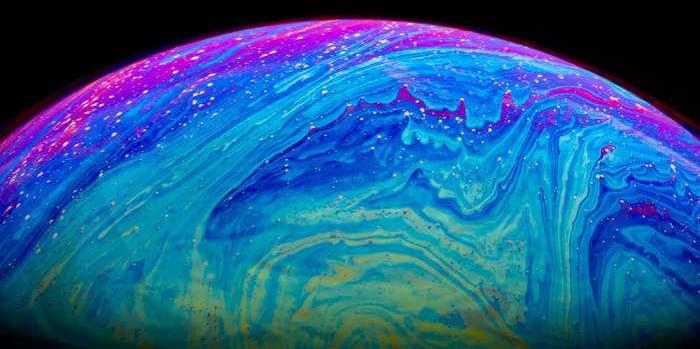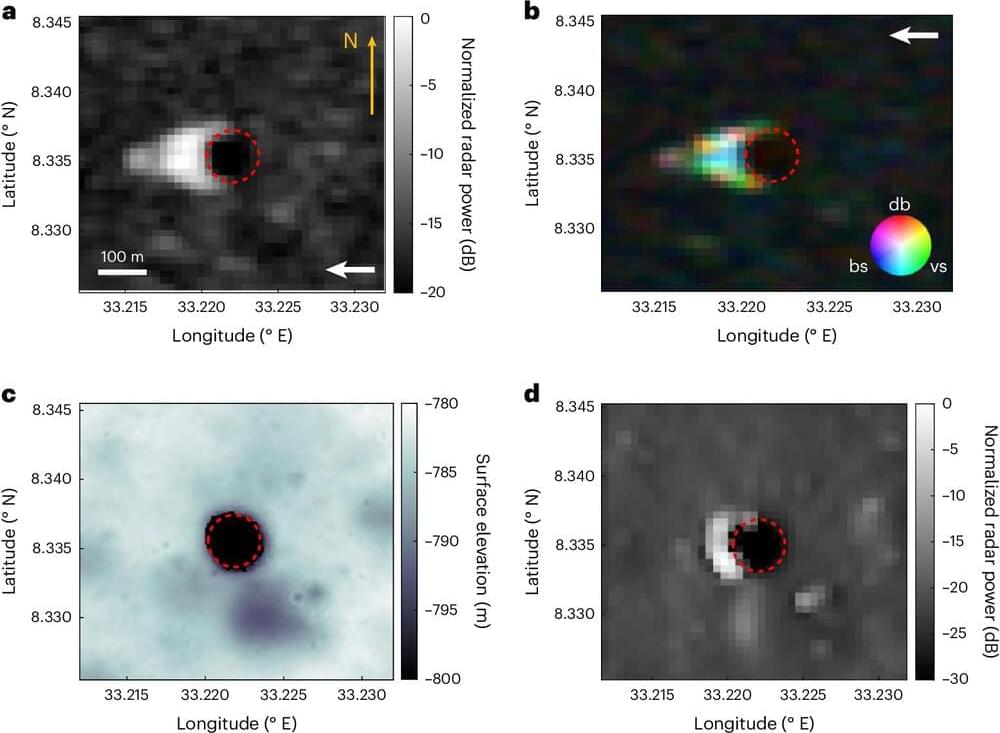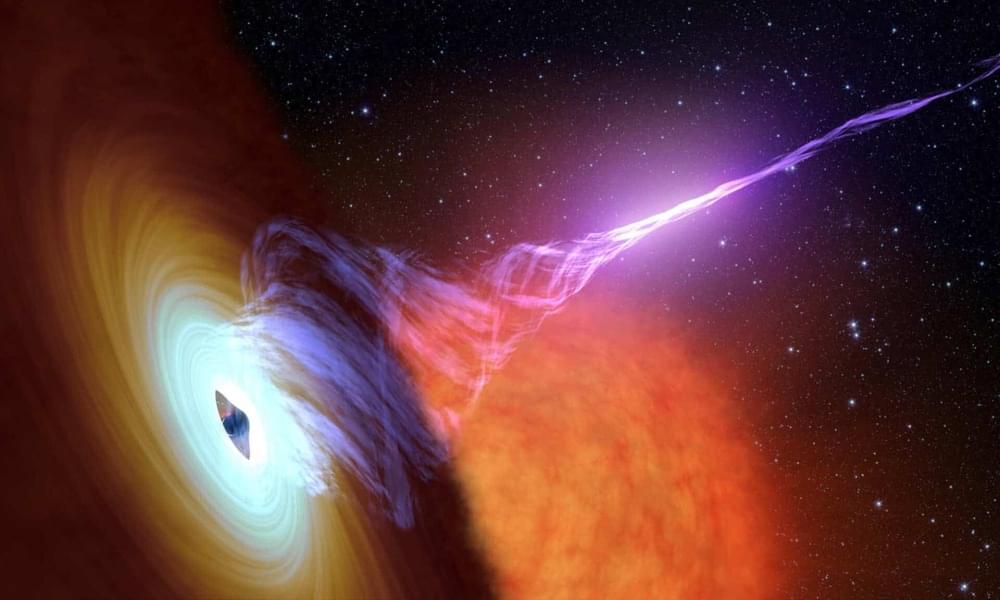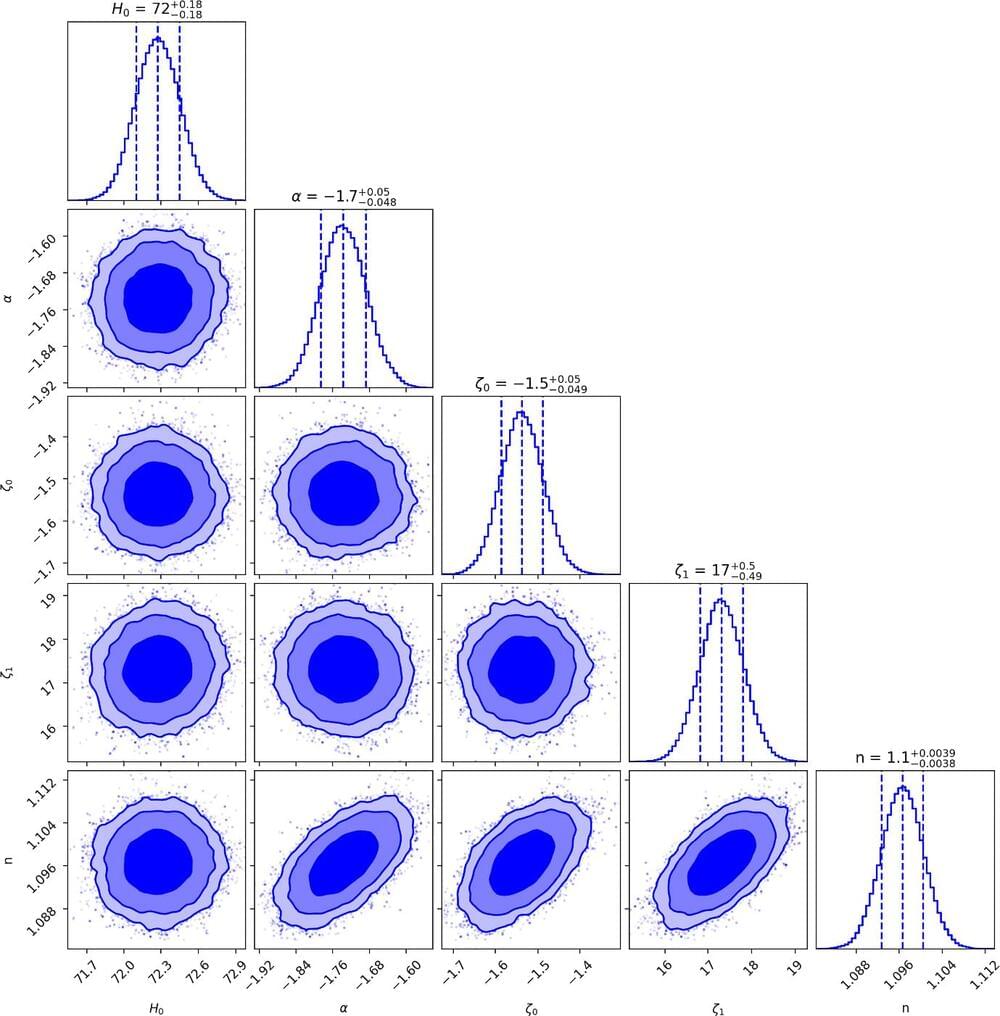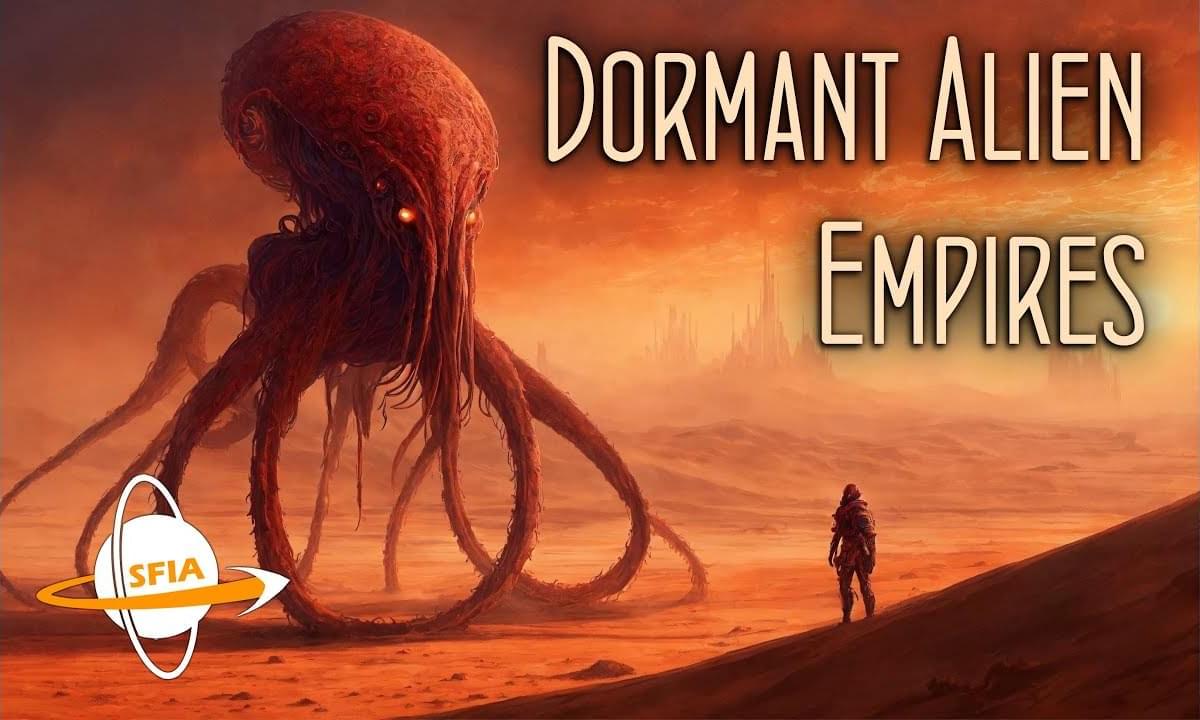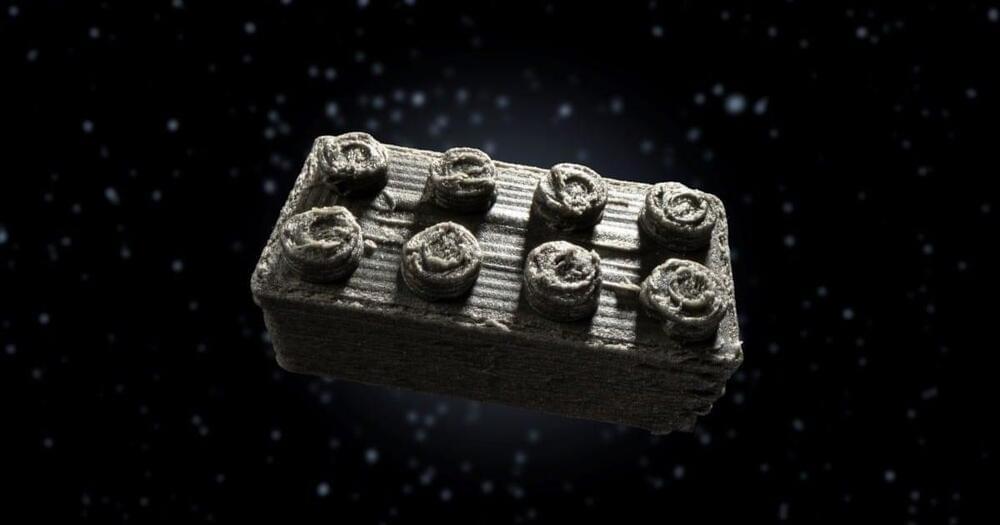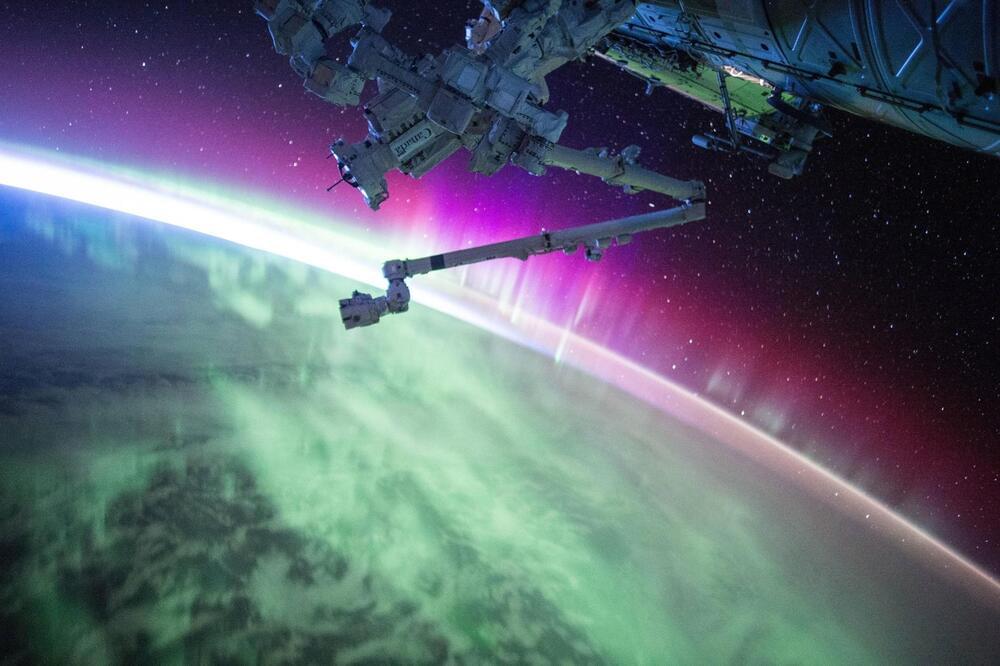Jul 16, 2024
Day-Night Atmospheric Variations Detected on WASP-39 b by Webb
Posted by Laurence Tognetti, Labroots Inc. in categories: evolution, space
Could an exoplanet’s that is tidally locked to its parent star exhibit differences in atmospheric behavior at the boundary of its permanent dayside and permanent nightside, also known as the terminator? This is what a recent study published in Nature hopes to address as a team of international researchers investigated the unique atmosphere of WASP-39 b, whose radius is just under 1.3 times that of Jupiter, orbits in just 4.1 days, and is located just under 700 light-years from Earth. This study holds the potential to help scientists better understand the formation and evolution of exoplanet atmospheres, specifically once that are tidally locked to their parent star.
Artist’s rendition of WASP-39 b’s terminator. (Credit: NASA, ESA, CSA, R. Crawford (STScI))
“WASP-39 b has become a sort of benchmark planet in studying the atmosphere of exoplanets with Webb,” said Dr. Néstor Espinoza, who is an Assistant Astronomer and Mission Scientist for Exoplanet Science at the Space Telescope Science Institute (STScI) and lead author on the study. “It has an inflated, puffy atmosphere, so the signal coming from starlight filtered through the planet’s atmosphere is quite strong.”


